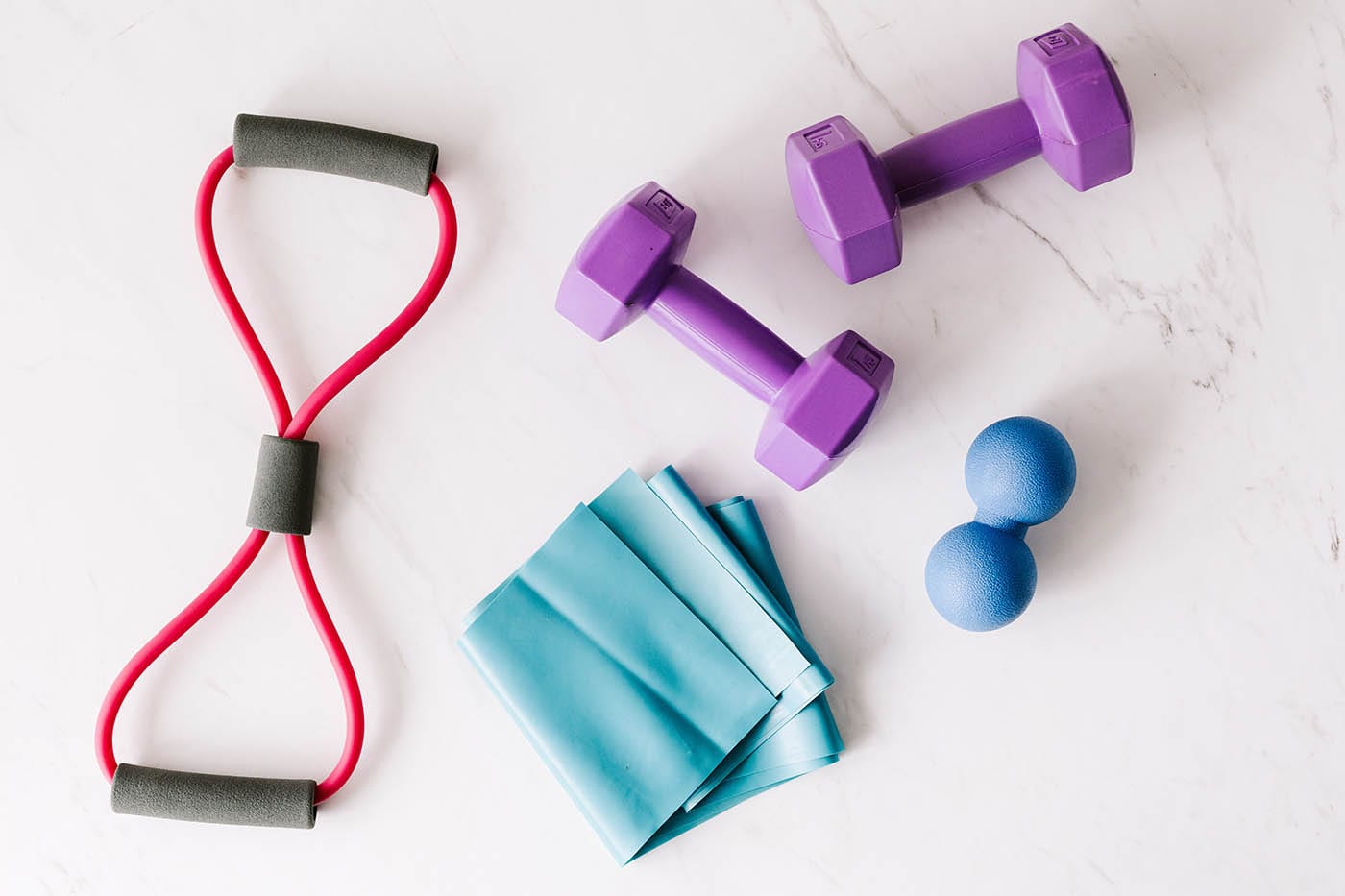We have been hearing for years that exercise is good for us. This is not news to most of you reading this but have you considered the broader and long range relationships between a long healthy life and the exercise you do now and in the future? In the past a lot of the conversation seemed to be about the need for aerobic exercise with various recommendations regarding time and intensity. As a result, confusion has reigned in the minds of many well intentioned citizens. Times they are a changing’!
In the face of an ageing population and a childhood obesity “epidemic” more and more research has been done about exercise and its relationship to health and longevity, and healthy longevity. Recently the government has published research based guidelines on exercise. You can find the details at www.health.gov/paguidelines . My purpose is to simplify things for you with a summary of the guidelines. For those of you who are hard core strength training enthusiasts, you may want to take note of the aerobic training recommendations. I know, you may not want to do much “cardio” if you compete in strength sports but you may want to consider your longer term plans for a healthy lifestyle. OK, so what are these guidelines?
Set Goals
As you exercise types already know, consistency of training toward established goals is the road to success. First, you need to be convinced that exercise in important to you, really important . If you need motivation, do some research on how significant your health is affected by exercise. Next, set “reasonable” goals. Think one week at a time and make the plan doable in your schedule. Having a training partner, or partners, can have a huge effect on your ability to stay with your plan. There is nothing like having the pressure of making the commitment to meet someone at the appointed time and place to keep you focused, if you don’t show you let down your self (bad enough) but also someone else (a major societal faux pas). The veterans out there will recognize that treating your exercise time as a non-negotiable part of your day works wonders. You eat every day, brush your teeth daily, shower regularly (if you don’t, you should).
Aerobic Exercise
Yeah! I know, you don’t want to “lose strength” by doing too much cardio! Well, you are not entirely out to lunch on that thought. There is research that at certain relatively high levels of “cardio” training you may find a mildly adverse effect on your ability to lift maximum weight. The degree is relatively small however. It seems that a lot of power lifters have decided that this means no cardio is the way to go. Wrong! Of course the guidelines we are discussing here are not specific to high level competitive strength athletes but the principles apply. We should all be doing at least moderate intensity aerobic exercise on most days of the week (about 2 ½ hours per week), or about 1 ¼ hours of vigorous intensity aerobic exercise per week.. Bouts need to be in increments of at least 10 minutes each. Don’t panic, Big Guy! You can take the stairs instead of the elevator, mow the lawn with a push mower, rake leaves, play with the kids…you don’t need to join the treadmill crowd at the gym. Aerobics at this level will not cause your strength levels to go down but will make your significant other happier if properly applied.
So, what is “moderate”?
The talk test…if you are exercise at a moderate level you should be able to carry on a conversation but not easily. Your heart rate should be elevated. You do not need to get it up to 70 – 85% of your maximum heart rate. 60%, or so, will do just fine.Of course if running is your chosen obsession, you will want to work harder than that and get into the higher heart rate ranges, the exercise then becomes “vigorous” and you need less total time at that level to reach and maintain fitness and health benefits.
Strength Training
Now the “bad news” for the competitive runners out there. You guys need to do strength training. That’s strength training, 30 minutes of circuit training with 2# dumbbells just won’t do it! To gain and maintain strength you need to be lifting weight that is at least 60-70% of your max. Multi joint exercises are best. Ladies, you can do dumbbell triceps extensions by the thousands of reps with 1# dumbbells but you will not spot reduce those flabby upper arms, you will not get stronger, you will burn some calories in a very time consuming way but that’s it. Likewise for you 500 sit ups a day people. Just a boring, time consuming way to burn very few calories. So train with multi joint exercises at 30 minutes and at least 2 – 3 times per week and keep the weight heavy for 8- 10 different exercises with 8-15 reps per set. Again, these are general health and fitness guidelines and not designed to get your dead lift up to 3 times body weight. Set your routine up so that it incorporates a balance between pushing and pulling exercises. I have addressed that program design strategy in other articles.
Kids!
Similar guidelines but moderate to vigorous exercise for at least one hour per day is suitable for children. Current literature highly recommends strength training for children as young as 6-8 years old under well supervised conditions. Young children should not use maximum single lifts in training. Immature children can get excellent benefit from body weight strength training routines. More mature or experienced children can benefit from weight training (again under well supervised conditions).
Stretching
It seems that most folks just do not seem to have time for stretching. Nevertheless, you should incorporate some stretching into your routine. Static stretches are best done after you are warmed up such after your work out or between sets, or distances. Active stretching can be used as part of your warm ups. This is stretching in which you use full range of motion (no ballistic, bouncing) with little or no weight to prepare for the upcoming training movement. Ballistic stretching is never a good idea, stretching into a painful range is also not a good idea. If you have identified particular movements in which you have restricted range then you may want to develop a specific stretching program to address those deficits. Otherwise a general stretching routine after you work out should do just fine. You only need to be as flexible as your sport, or job, or life style requires. Being too flexible is not necessarily to your advantage. On the other hand imbalance in flexibility, just as imbalance in strength between opposing muscles can set you up for an injury. For example, if you have very tight hamstrings and fairly flexible quadriceps you may be setting yourself up for a hamstring injury.
The bottom line
The most important thing for you to do if you are a “non exerciser” is to just start doing it. Anything will be better than the nothing that you have been accustomed to. For those of you who do exercise, take an assessment of your program. Is it balanced? Does it promote over all health. Those who are competitive athletes, either strength or endurance, take a look at your training and incorporate areas of exercise that you tend to overlook. After all you want a long career and a healthy life after you retire from competition. We can all benefit from taking a critical look at our lifestyle and training (or lack of) programs. Sometimes, just taking a break to try something different can be beneficial and help promote overall health and prevent over training or injury.
Good luck! Stay healthy! Be committed!
I can be reached at [email protected] or on the web at www.bigironpowerlfitng.com or at [email protected]
© Dave Mansfield MSPT, CSCS, HFS

